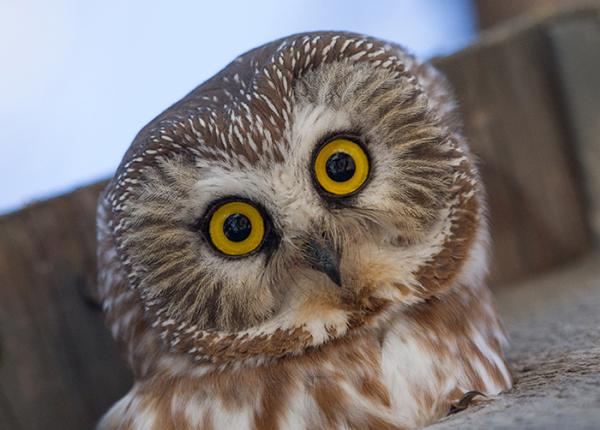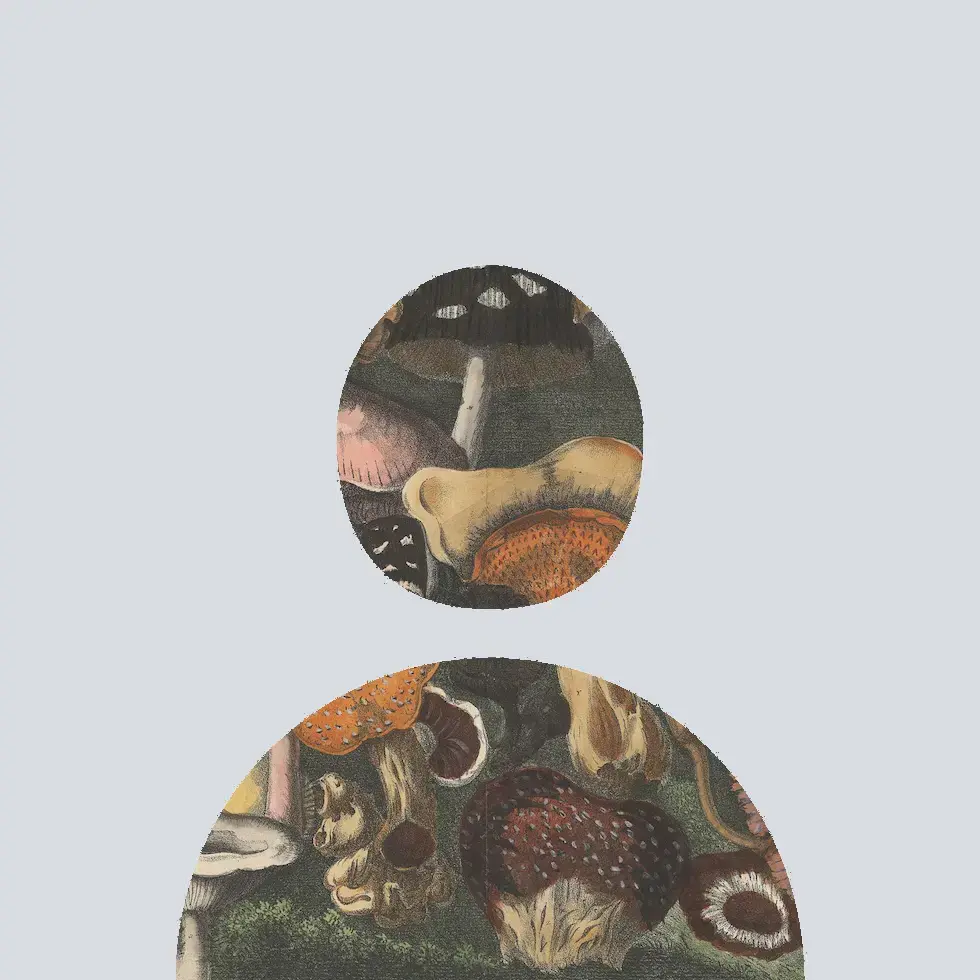From Blackland Prairie Raptor Center
Nose Job? This Eastern Screech Owl came to our Rehab Center with some blood above its cere. The cere is a waxy fleshy covering above a bird’s beak just below the eyes, where the nostrils (nares) are located. The owl is patiently sitting while our staff cleans the cere.
Random facts incoming.
It is named Wachshaut in german because it looks… waxy. It describes the featherless part at the base of the upper part of the beak and:
https://en.m.wikipedia.org/wiki/Beak#Cere
The cere color of young Eurasian scops-owls has an ultraviolet (UV) component, with a UV peak that correlates to the bird’s mass. A chick with a lower body mass has a UV peak at a higher wavelength than a chick with a higher body mass does. Studies have shown that parent owls preferentially feed chicks with ceres that show higher wavelength UV peaks, that is, lighter-weight chicks.[57]
Huh, built-in scales. :)
Btw: Beaks!
Studies have shown that parent owls preferentially feed chicks with ceres that show higher wavelength UV peaks, that is, lighter-weight chicks.
That is fascinating. Owls for the win again!
You had me excited to read about this all day, but I was traveling and couldn’t get to it until now.
I read the study paper and for the most part there wasn’t too much more to it than what you said, but then the conclusion has me a little confused.
The fact that parents responded to a manipulation of UV reflectance of their offspring can not be due to UV coloration, because owls probably do not have a VS or UVS cone (Bowmaker & Martin 1978) and, at night, there probably is not enough light for colour vision. It is possible that the measured effect was due to a change in perceived brightness mediated by scotopic (rod) vision. Compared to diurnal species, owls have very few cones in their rod- dominated retina (Hart 2001). Owls, like some bats (e.g. Winter et al. 2003), may have a UV- transmitting lens and cornea and so the secondary (beta) peak of the pigment in their rods would capture UV light contributing to achromatic vision at low light levels. It is also possible that, even at low light levels, photopic discrimination was involved, but again the effect of UV would be via the stimulation of the beta peak of pigments in the cones. It has been reported that owls have cones containing oil droplets that are either colourless or only a pale yellow (Walls 1942), which presumably transmit UV light.
So if it’s not a coloration difference, does that mean they are just seeing a brighter type of grey (greater amplitude) or are they seeing something else?
I’d like to learn more about their UV seeing abilities, but I feel in over my head. I feel this paper is pretty jargon heavy.
Very interesting stuff though!
I don’t know. My knowledge stems from my biology classes at school and what my parents told me. And that was some time ago. :) I didn’t know the word cere, so I looked it up and found the UV part about owls and felt the urge to share it. I didn’t look into that study until now.
I’d like to know more too, but I don’t think I have the energy to pull through if I’d dive into that rabbit hole. So I won’t try. :)
The authors state: Rods are responsible for the gray scale scotopic vision under low light conditions - so grey scale brightness, only. The cones are not relevant because it is too dark. Or are they? There are those oily cones which maybe can detect UV light? If so: still no colors, just brightness. To me it looks like the authors of the study offered some educated guesses.
I would say it means: Either it is greyscale brightness but maybe it is something else. But the authors don’t know. They just know that the owl perceived the difference.
It looks like the owl’s eyeball doesn’t absorb the upper range of UV-light (350nm+) so it could reach the owls receptor cells: https://journals.biologists.com/jeb/article/224/20/jeb243129/272645/Lens-and-cornea-limit-UV-vision-of-birds-a
I didn’t find anything about that secondary (beta) peak that I could understand - maybe it is about the biochemistry in the rod/cone which can be split into phases when light hits the cell. I’m lost here. The google-LLM pointed me here: https://pmc.ncbi.nlm.nih.gov/articles/PMC3265844/ I’m not even sure, if this is a match for our context.
Lol sorry, I knew I should have been more specific I was just questioning in general, not asking you specifically to answer! 😁
At least we sound like we’ve understood it in pretty similar ways.
No worries. I wouldn’t have looked into it, if I wasn’t interested.:)
Oh no his nose!

I’m sure they’ll patch it up, good as new!
They look so accepting of humans handling them.
It feels more like compliance. They will hiss and click and puff up, but as soon as they’re grabbed, they’re usually pretty calm once they see they’re not scaring you off.
Birds seem to really avoid fighting whenever possible. Losing the wrong feathers, breaking a bone, or getting a bad cut can all cost them their ability to fly, so if being menacing doesn’t work, escape is usually the next best option if they aren’t protecting their nest. If the opportunity isn’t there to get away, they just seem to freeze up like this.
They’re not enjoying it, but they seem to understand they aren’t being actively hurt, so it’s best to just wait it out.
Even the owls are getting plastic surgery these days huh…
I hope I’m not contributing to setting unrealistic beauty expectations for them! 😮





